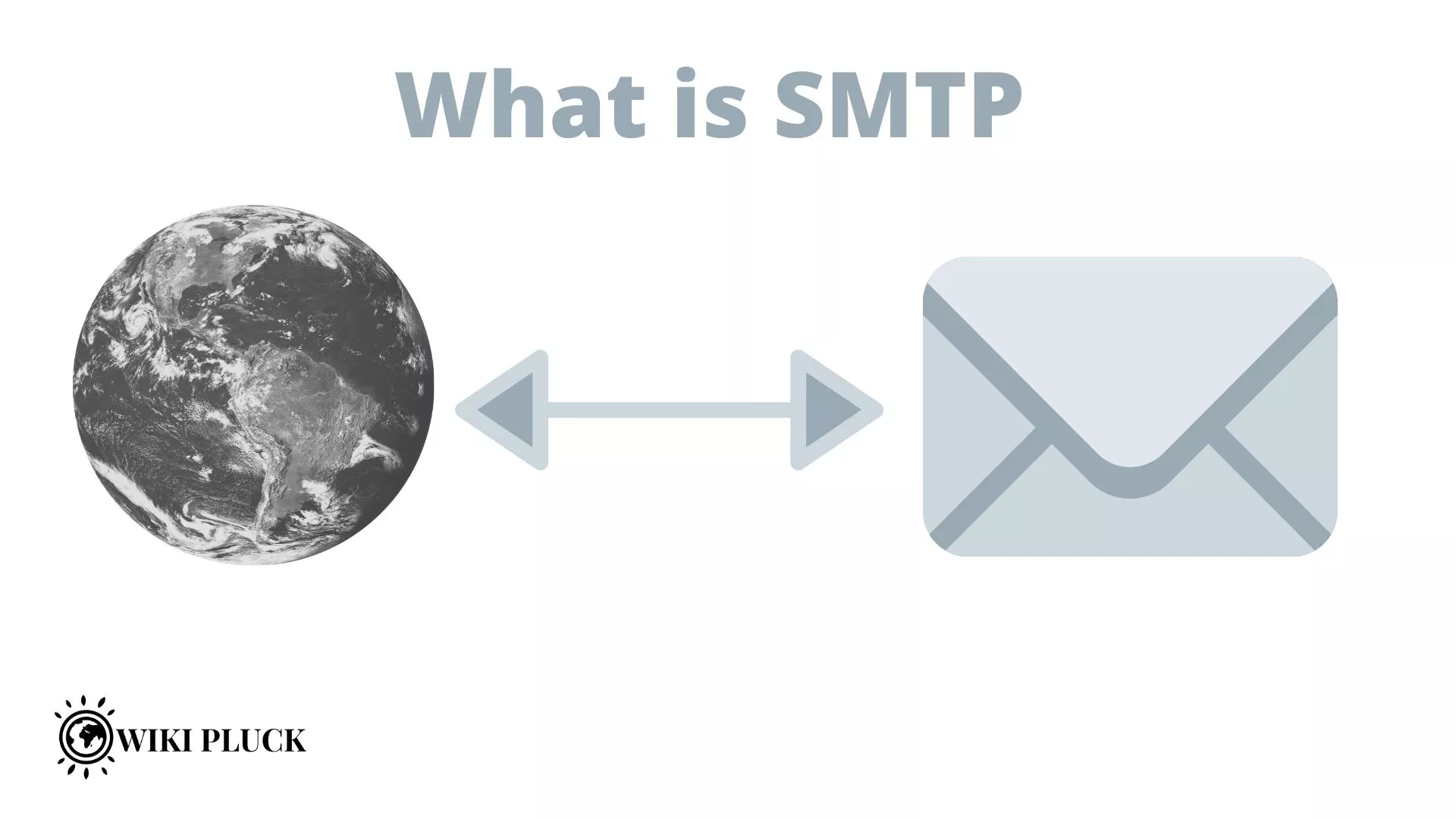It is a common practice to configure outgoing SMTP mail servers, so that no spammer or hacker can send emails using your server.
Have you ever sent a letter through the mail? Well, the SMTP protocol is something quite similar. Why do we make this clarification? Because we know that the acronyms of the computer and technological world can be difficult for many to digest, so we want to make it as simple as possible.
SMTP is the standard Internet protocol for the exchange of electronic mail and responds to the acronym of Simple Mail Transfer Protocol. In other words, when you send an email, you use an SMTP server as a medium, which is responsible for delivering the email to the destination email, as with a traditional postal service.
To deliver the mail we need three important data, which are the origin, destination and medium, which is the SMTP server. To make it a bit clearer, the journey of a message from the computer to the reader is done as follows.
- You send an email with your desktop email client or via the web from your own email address (for example, from yourname@gmail.com) to a specific contact (recipient@yahoo.com) . Technically, the desktop email client or webmail service is called MUA or Message User Agent, which translates to User Message Agent.
- The message is sent to an SMTP server , which is configured in the mail client, acting as MTA or Message Transfer Agent.
- The client and server initiate a conversation , in which the server verifies the information regarding the transmission of the message, such as sender, recipients, domain, etc. It should be noted that the SMTP language defines the transmission of the message, and does not observe the content of it.
- Later, if the domain to which the recipient belongs has his account connected directly to the server, the mail is delivered immediately . If not, the SMTP server delivers the message to another server closer to the recipient. In our message, the web server connects with the domain server which receives the mail and stores it.
- What happens when the recipient’s server is down? Simply deliver the message to a backup server. Now, if none is available, the mail is postponed and the delivery is retried periodically . After a certain time, if the delivery is not carried out successfully, the message is returned as undelivered.
- If there are no problems, the final segment is controlled by POP , another protocol that collects mail from the receiving server and places it in the recipient’s inbox.
Why is it necessary to authenticate the SMTP server?
SMTP authentication is configured in order to increase the levels of security and efficiency of the email service and in order to minimize the possibility that your account will be used without authorization from your computer or other parties.
For the same reason, it is common practice to configure outgoing SMTP mail servers so that it is not used as a spam or junk mail repeater . The notice “My outgoing server (SMTP) requires authentication” basically secures your email with a password, before any email can be sent. That is, the server is secured so that no spammer or hacker can send emails using your server , unless your password is very simple and can be decrypted.
Outgoing server authentication will prevent your email server’s IP address (a unique numerical ID on the Internet) from being blacklisted by anti-spam software and your legitimate emails will not be blocked as possible spam by other email providers. electronic. Also, your email address cannot be used to send spam to other users .
Because the email server handles so many illegitimate emails, its performance suffers, to the potential point of failure, leaving everyone without email service. SMTP authentication also restricts this type of activity, as a result, email will be smooth and there will be no downtime.
This is in the interest of all email users. It’s a simple extra step to dramatically reduce the volume of spam around the world.
As the driving force behind WikiPluck, I am dedicated to curating and sharing insightful knowledge across a spectrum of subjects. From technology trends to Business advice, WikiPluck strives to be a go-to resource for those seeking to enhance their understanding and make informed decisions.
Join me on this journey of discovery and enlightenment as we pluck the gems of wisdom from the vast landscape of knowledge.

